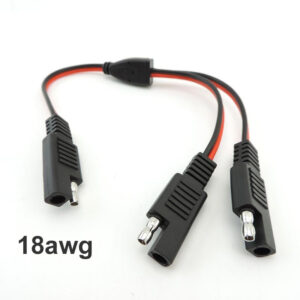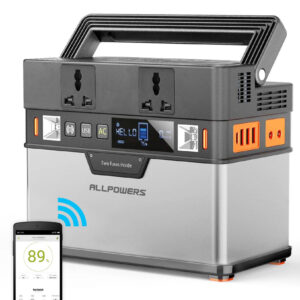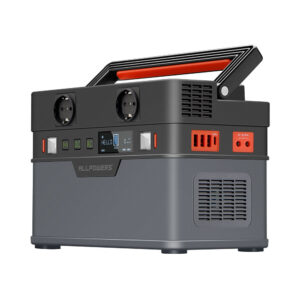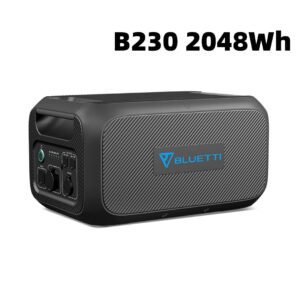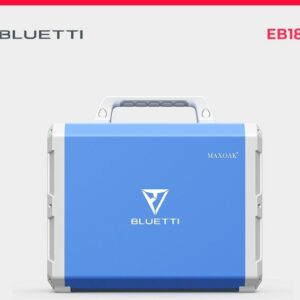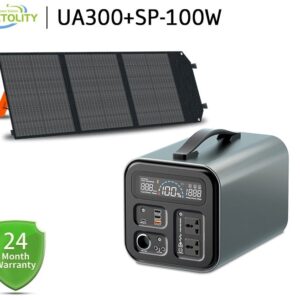
Off-Grid
- Inverters
Batteries
- Power Stations
Solar Generators
Off-Grid Portable Solar Power Solutions for Home

Free Quotes

100% Commitment-Free
Who We Serve
Our mission is to accelerate the global transition to clean energy by providing reliable and efficient solar power storage systems. We are committed to delivering innovative, sustainable solutions that empower homes to harness the full potential of solar energy.

Solar Generators
Our Technicians have in-depth knowledge and expertise in Industrial market.

Inverters
Inverters that play a pivotal role in converting direct current (DC) generated by solar panels into usable alternating current (AC) for household.

Battery Systems
Our Battery systems are based on lithium iron phosphate (LiFePO4) system with a focus on safety, longevity, and sustainability.

Portable Power Stations
Compact yet powerful stations are equipped with our state-of-the-art battery technology designed for versatility and convenience
LiFePO4 Systems
You have problems with leaking pipes, broken tiles, lost keys or want to tidy up the trees around you, of course you need our help!

Safe
LiFePO4 Batteries are safe and stable

Stability
Provides a consistent power output until they are almost fully discharged.

Long Life Cycle
A high number of charge-discharge cycles making them suitable for long-term use.

High Energy Density
LiFePO4 batteries still offer a good balance of energy density and power density,

Wide Operating Range
LiFePO4 batteries can operate effectively in a wide range of temperatures

Low Self Discharge Rate
Lower self-discharge rate means they can hold their charge for a longer period when not in use.

Fast Charging
LiFePO4 batteries can be charged at a rate equal to its capacity and can reach 80% in an hour.

No Memory Effect
LiFePO4 Batteries do not lose capacity when partially charged or discharged repeatedly.

How we take actions for your service
01
Contact Us
Contact Us either via Mail, Phone or Whatsapp
02
Design
We will design a system that will suit your needs according yo your requirements.
03
Delivery
We will deliver the system right to your door step with a Warranty and Service Guarantee
Our Power Solutions
No matter how big or small your work is, whether it’s for the interior or exterior of your home, we are ready to serve and help you solve your home problems.

Whole house Systems
Whole house Systems that can power an entire home

HIgh Wattage Appliances
Solutions that can support appliances with a huge draw that include Air Conditioners, Heaters and

Medium Range Appliances
Power Solutions for Household appliances in the Mid range that includes refrigerators, blenders and cooking appliances.

Low Wattage Appliances
Low Wattage Appliances that include DC Appliances and Portable Entertainment Devices.

Chargers
We also provide Charging options for Batteries and Devices.

Accessories
Building a DIY Solar system. We will provide you with the necessary components fr bulding your systems.
TESTIMONIALS
Words From Happy Customers

Brian Biko
Whole house system

OPS recommended a system that was best suited for purpose and I did not have to break the bank.

Lydia Muthara
Portable Power Station

The power station that i bought was the best investment I ever made for my home.

Timothy Ooko
LiFePO4 Battery System

I am really enjoying my solar system with the ew LiFePO4 batteries installed. They are efficient ,quick to charge and store s much power it is seamless.
Products
-
1 SAE to 2 SAE Power Extension Connector
-
1 SAE to 2 SAE Power Extension Connector
-
ALLPOWERS 300W Portable Power Station
-
ALLPOWERS 700W Portable Power Station
-
BLUETTI B230 2048Wh LiFePO4 Battery Pack
-
BLUETTI EB180 1000 Watt Portable Power Station
-
BLUETTI EB3A 600W LiFePO4 Portable Power Station
-
BLUETTI PV200 200 Watt Foldable Solar Panels
-
CTOLITY 300 Watt LiFePO4 Portable Power Station With 100W Solar Panel
